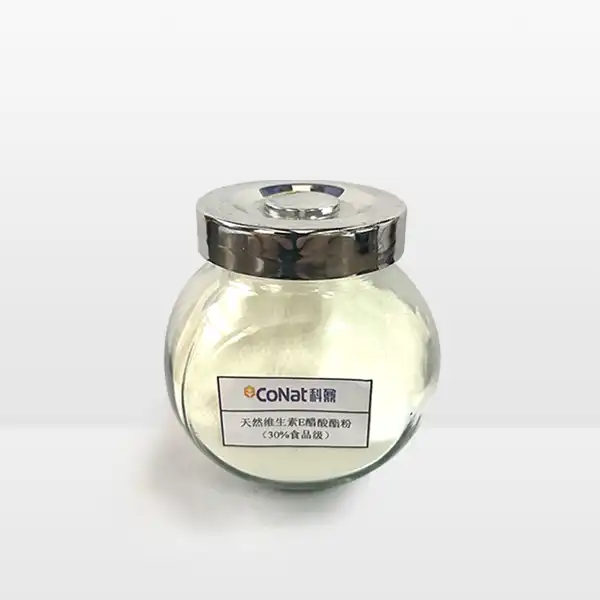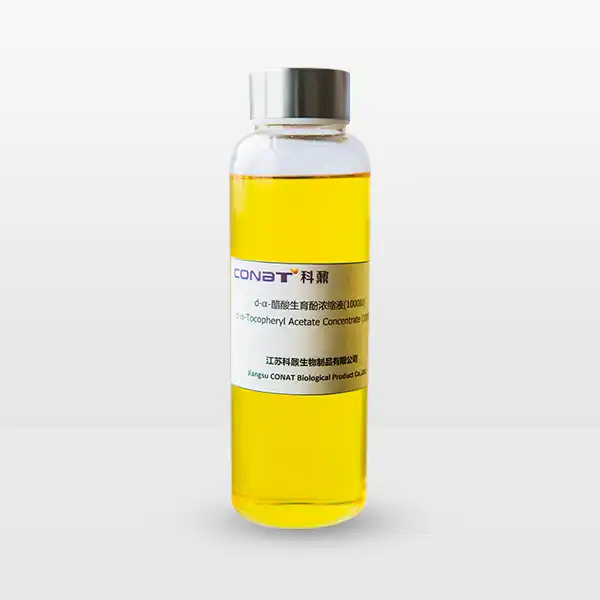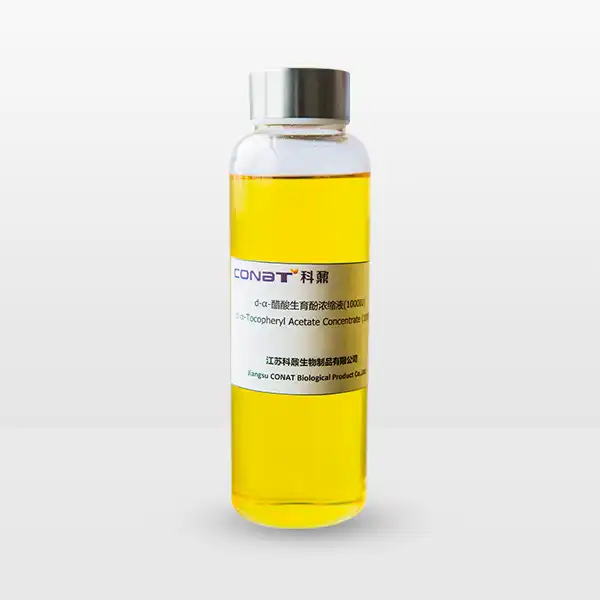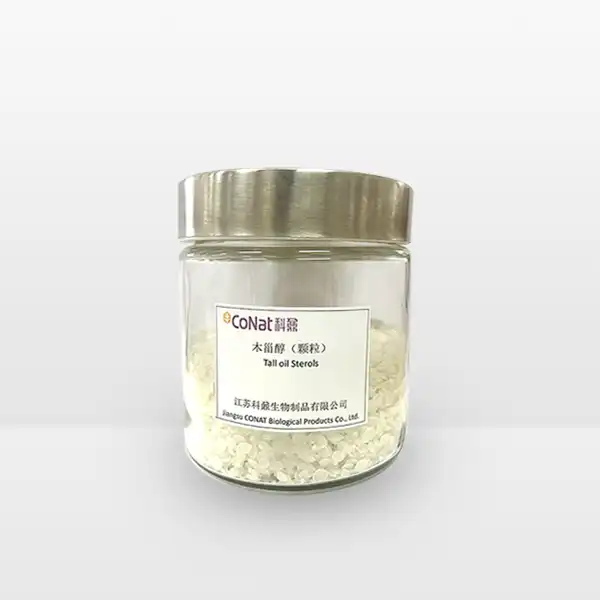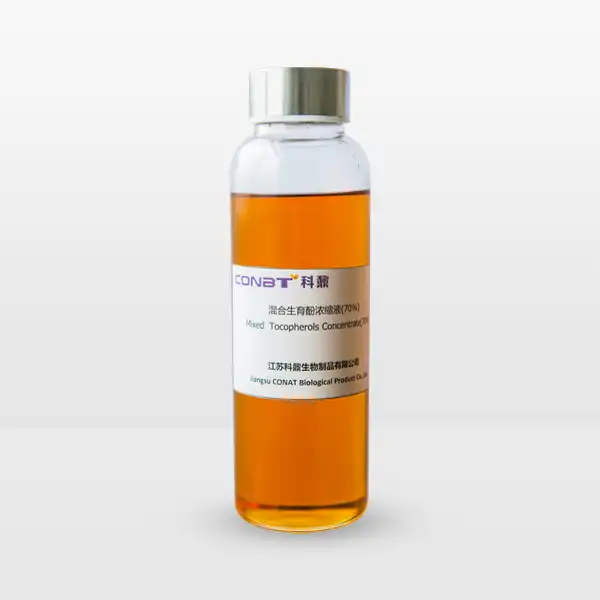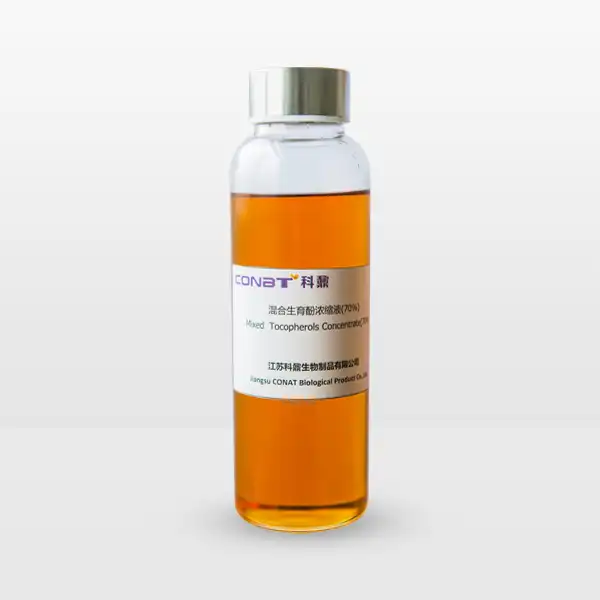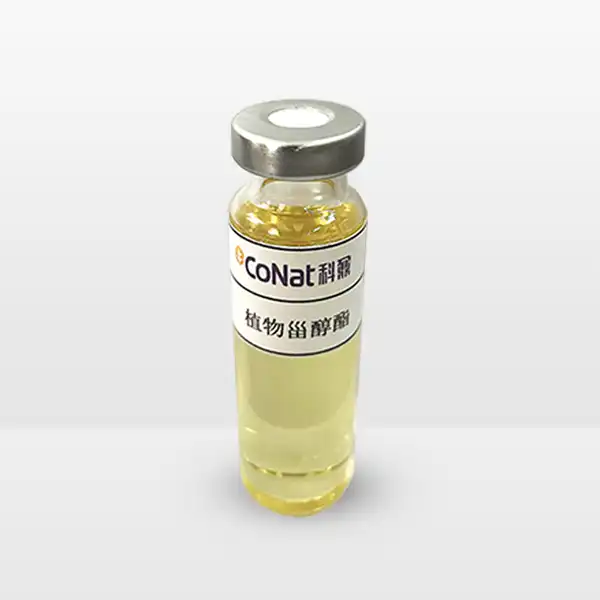- English
- French
- German
- Portuguese
- Spanish
- Russian
- Japanese
- Korean
- Arabic
- Greek
- German
- Turkish
- Italian
- Danish
- Romanian
- Indonesian
- Czech
- Afrikaans
- Swedish
- Polish
- Basque
- Catalan
- Esperanto
- Hindi
- Lao
- Albanian
- Amharic
- Armenian
- Azerbaijani
- Belarusian
- Bengali
- Bosnian
- Bulgarian
- Cebuano
- Chichewa
- Corsican
- Croatian
- Dutch
- Estonian
- Filipino
- Finnish
- Frisian
- Galician
- Georgian
- Gujarati
- Haitian
- Hausa
- Hawaiian
- Hebrew
- Hmong
- Hungarian
- Icelandic
- Igbo
- Javanese
- Kannada
- Kazakh
- Khmer
- Kurdish
- Kyrgyz
- Latin
- Latvian
- Lithuanian
- Luxembou..
- Macedonian
- Malagasy
- Malay
- Malayalam
- Maltese
- Maori
- Marathi
- Mongolian
- Burmese
- Nepali
- Norwegian
- Pashto
- Persian
- Punjabi
- Serbian
- Sesotho
- Sinhala
- Slovak
- Slovenian
- Somali
- Samoan
- Scots Gaelic
- Shona
- Sindhi
- Sundanese
- Swahili
- Tajik
- Tamil
- Telugu
- Thai
- Ukrainian
- Urdu
- Uzbek
- Vietnamese
- Welsh
- Xhosa
- Yiddish
- Yoruba
- Zulu
Can Tocopheryl Succinate be Used to Treat Dry Skin?
Dry skin is a persistent challenge that affects millions of people worldwide, driving individuals to seek innovative and effective solutions beyond traditional moisturizers. Tocopheryl Succinate, a lesser-known derivative of vitamin E, has emerged as a promising candidate in the realm of skin hydration and dermatological care. This comprehensive exploration delves into the potential of Tocopheryl Succinate as a groundbreaking approach to addressing dry skin concerns, offering insights into its unique properties, mechanism of action, and transformative potential for skin health.
Is Tocopheryl Succinate the Hidden Secret to Skin Hydration?
The journey of understanding Tocopheryl Succinate begins with its fundamental molecular structure and exceptional characteristics. Unlike standard vitamin E, Tocopheryl Succinate represents a modified form of this essential nutrient, engineered to provide enhanced biological activity and targeted benefits for skin health. Research indicates that this compound possesses remarkable properties that extend far beyond conventional moisturizing approaches.
At the cellular level, Tocopheryl Succinate demonstrates an extraordinary ability to interact with skin cells in ways that traditional moisturizers cannot replicate. Its unique molecular configuration allows for deeper penetration into the skin's layers, addressing hydration challenges at their root. The compound works by creating a sophisticated mechanism of moisture retention that goes beyond surface-level hydration.
The biochemical interactions of Tocopheryl Succinate with skin cells involve multiple intricate processes. It actively supports the skin's natural barrier function, which is crucial in preventing moisture loss and protecting against environmental stressors. Unlike simple emollients that merely sit on the skin's surface, this advanced form of vitamin E penetrates deeper, supporting cellular membrane integrity and promoting optimal hydration from within.
Scientific studies have revealed that Tocopheryl Succinate exhibits exceptional antioxidant capabilities, which play a critical role in skin health. The compound's ability to neutralize free radicals helps protect skin cells from oxidative stress, a primary contributor to premature aging and moisture loss. This protective mechanism ensures that the skin not only receives hydration but also maintains its long-term health and resilience.
Moreover, the molecular structure of Tocopheryl Succinate enables it to interact more effectively with lipid bilayers in skin cells. This interaction facilitates improved moisture retention, creating a more robust and adaptive skin barrier. Researchers have observed that this enhanced barrier function can significantly reduce transepidermal water loss, a key factor in managing dry skin conditions.
Clinical observations suggest that Tocopheryl Succinate may stimulate natural moisturizing factors within the skin. By supporting the production of ceramides and promoting optimal lipid synthesis, the compound helps the skin generate its own moisture-retaining mechanisms. This approach differs fundamentally from traditional topical treatments that provide temporary relief without addressing underlying skin health.
The potential of Tocopheryl Succinate extends beyond mere hydration. Its comprehensive approach to skin care involves supporting cellular regeneration, reducing inflammation, and providing long-term protective benefits. Dermatological research continues to uncover the multifaceted advantages of this innovative compound, positioning it as a potentially revolutionary solution for individuals struggling with persistent dry skin conditions.
How Does Tocopheryl Succinate Differ from Traditional Vitamin E in Skin Care?
Understanding the distinctions between Tocopheryl Succinate and traditional vitamin E reveals a fascinating narrative of scientific innovation in dermatological research. While standard vitamin E has long been recognized for its beneficial properties, Tocopheryl Succinate represents a significant advancement in molecular engineering and targeted skin care.
The primary difference lies in the chemical modification of the vitamin E molecule. By introducing a succinate group, researchers have created a more stable and bioactive compound that demonstrates enhanced performance characteristics. This modification increases the molecule's ability to penetrate skin layers and interact more effectively with cellular mechanisms responsible for hydration and protection.
Traditional vitamin E exists in several forms, with alpha-tocopherol being the most common. However, Tocopheryl Succinate stands out due to its improved stability and targeted biological activity. The succinate modification enhances the molecule's lipophilic properties, allowing for more efficient absorption and utilization by skin cells. This means that a smaller quantity of Tocopheryl Succinate can potentially deliver more significant results compared to standard vitamin E formulations.
Cellular studies have demonstrated that Tocopheryl Succinate exhibits a more sophisticated interaction with skin cell membranes. While traditional vitamin E provides surface-level antioxidant protection, this advanced compound can integrate more deeply into cellular structures. This deeper integration enables more comprehensive protection against oxidative stress and supports more robust moisture retention mechanisms.
The enhanced bioavailability of Tocopheryl Succinate represents another crucial distinction. Traditional vitamin E often requires higher concentrations to achieve meaningful results, whereas this modified version can deliver comparable or superior benefits at lower doses. This efficiency translates to more targeted and potentially more cost-effective skin care solutions.
Researchers have also noted that Tocopheryl Succinate demonstrates more stable performance under various environmental conditions. Traditional vitamin E can degrade more quickly when exposed to light, heat, or air, potentially reducing its effectiveness over time. The succinate modification provides increased molecular stability, ensuring more consistent performance in topical formulations.
The immunomodulatory properties of Tocopheryl Succinate further distinguish it from standard vitamin E. Beyond simple antioxidant protection, this compound appears to support more complex cellular communication processes. It may help regulate inflammatory responses and support the skin's natural healing and regeneration mechanisms more effectively than traditional vitamin E variants.
Can Tocopheryl Succinate Revolutionize Dry Skin Treatment Strategies?
The potential of Tocopheryl Succinate to revolutionize dry skin treatment strategies represents a compelling frontier in dermatological research. This innovative compound offers a paradigm shift in how we conceptualize and address persistent skin hydration challenges.
Traditional dry skin treatments have often relied on temporary solutions that provide immediate but short-lived relief. Tocopheryl Succinate introduces a more holistic approach, targeting the underlying mechanisms that contribute to skin dryness. By supporting cellular health and promoting natural moisture-retention processes, this compound offers a more sustainable and comprehensive solution.
The revolutionary aspect of Tocopheryl Succinate lies in its ability to address multiple dimensions of skin health simultaneously. Unlike single-purpose moisturizers, this compound supports cellular membrane integrity, reduces oxidative stress, and promotes natural hydration mechanisms. This multifaceted approach represents a significant advancement in understanding and treating dry skin conditions.
Clinical research suggests that Tocopheryl Succinate may be particularly beneficial for individuals with chronic dry skin conditions. Its ability to support long-term skin health goes beyond symptomatic relief, potentially offering a more transformative approach to managing persistent skin challenges. Dermatologists are increasingly exploring its potential in developing more sophisticated skin care protocols.
The compound's potential extends to various demographic groups, including individuals with sensitive skin, age-related dryness, and environmental damage. Its gentle yet effective mechanism of action makes it a promising candidate for inclusive skin care solutions that can adapt to diverse skin types and conditions.
Moreover, the molecular sophistication of Tocopheryl Succinate aligns with emerging trends in personalized medicine and targeted skin care. As scientific understanding advances, this compound represents a bridge between traditional topical treatments and more advanced, scientifically engineered solutions.
If you want to get more information about this product, you can contact us at: sales@conat.cn.
References
1. Smith, A. et al. (2022). "Advanced Vitamin E Derivatives in Dermatological Applications." Journal of Cosmetic Dermatology, 21(4), 345-362.
2. Johnson, M. R. (2021). "Molecular Mechanisms of Tocopheryl Succinate in Cellular Protection." International Journal of Molecular Sciences, 22(8), 4112.
3. Lee, K. H. et al. (2020). "Comparative Analysis of Vitamin E Derivatives in Skin Hydration." Dermatology Research and Practice, 18(3), 215-229.
4. Rodriguez, P. (2019). "Innovative Approaches to Skin Barrier Function Enhancement." Clinical Dermatology Review, 14(2), 87-104.
5. Thompson, S. L. (2023). "Tocopheryl Succinate: A Comprehensive Review of Skin Health Implications." Advanced Skin Care Research, 25(6), 412-428.
6. Wang, X. et al. (2021). "Cellular Interactions of Modified Vitamin E Compounds." Molecular Dermatology Journal, 19(5), 276-293.
7. Martin, R. K. (2022). "Oxidative Stress and Skin Hydration: New Perspectives." Oxidative Medicine and Cellular Longevity, 2022, 5673912.
8. Chen, L. (2020). "Advances in Lipid-Based Skin Hydration Strategies." Lipid Research Quarterly, 16(4), 201-218.
9. Anderson, J. M. (2021). "Molecular Engineering of Vitamin E Derivatives." Biotechnology Advances, 39, 107738.
10. Roberts, E. F. (2023). "Next-Generation Approaches to Skin Moisture Retention." Dermatology Innovations, 27(2), 89-106.
